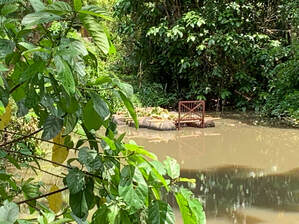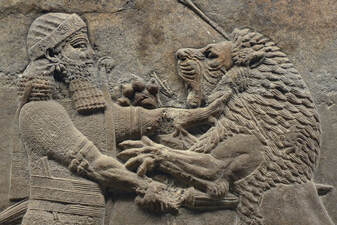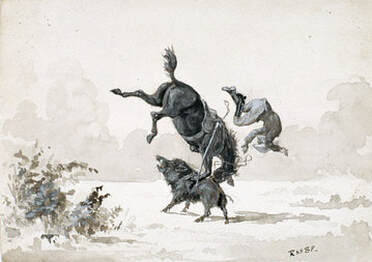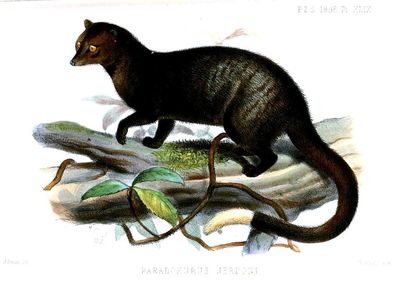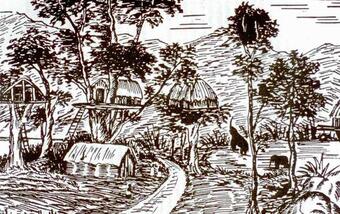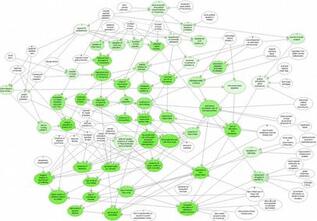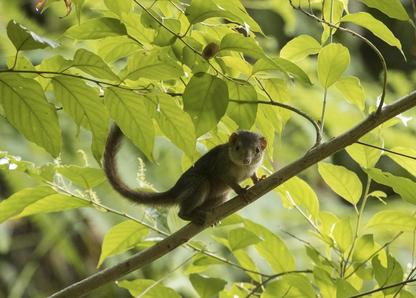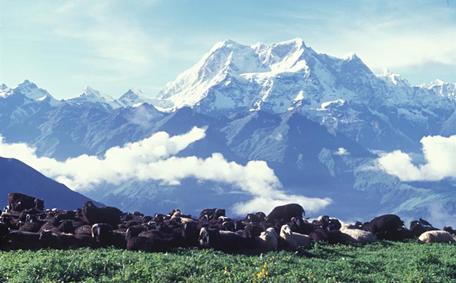
Associate Director & Founder Trustee, Dakshin Foundation
Trustee, Madras Crocodile Bank
[email protected]
B.Sc. Geography, University of Kerala
M.A. Geography, University of Delhi
Ph.D. School of Life Sciences, University of Technology, Sydney
Trustee, Madras Crocodile Bank
[email protected]
B.Sc. Geography, University of Kerala
M.A. Geography, University of Delhi
Ph.D. School of Life Sciences, University of Technology, Sydney

